We need to have ‘the walk’ about Leeds
Jem Maybank | 06 February 2024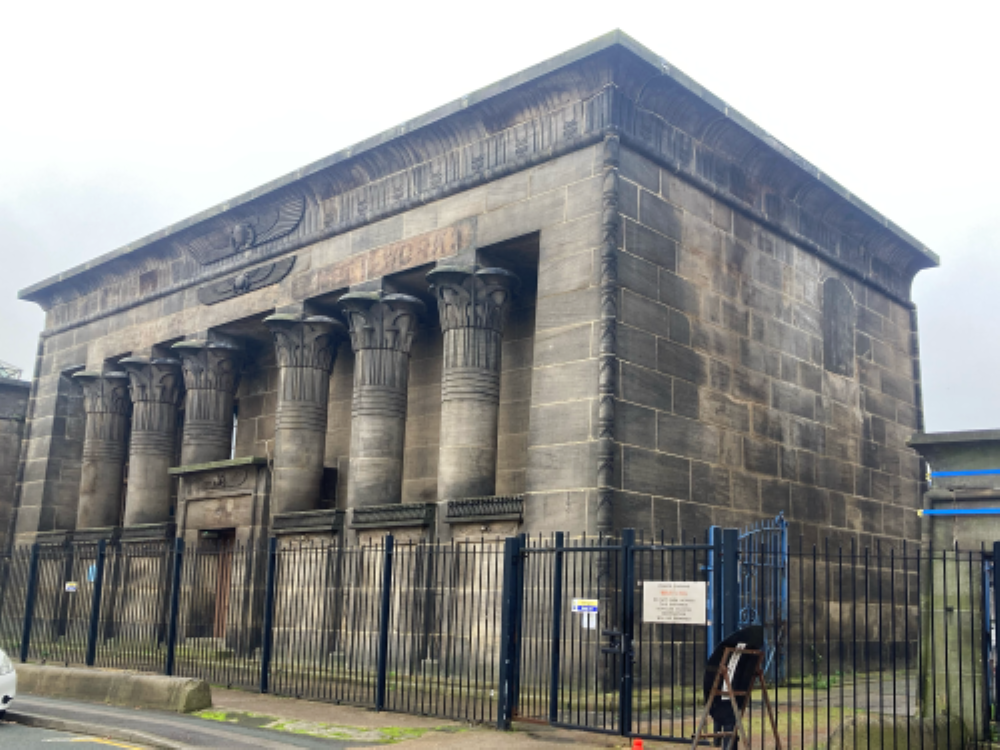
Most of my 2023 was spent living abroad. It was something I envisioned for the long-term. But working hyper-remote with up-to eleven-hour time differences, a few surprise health issues, and half-baked research into insurance made the move into something more ephemeral.
If you were to ask any expat on what they miss from their home country, my bet is 90% say food. You can see this with the number of international supermarkets in Manchester alone.
Whilst I did find myself buying overpriced McVities and Cadburys from department stores from time to time (even though I’m fairly sure these were manufactured in Malaysia), food wasn’t in the forefront of what I missed back home; it was walkable city centres. There’s no way you can really take in your surroundings when driving a motorbike, trying to focus on unclear road markings, and concentrating on the ‘creative’ Thai driving style.
After I’d settled back into UK life, I decided to take the train into Leeds and remembered a lesser-used exit at Leeds station around platform 17. This exit takes you out through the Dark Arches and into Holbeck Urban Village. Exiting this way reveals that the station is built directly on top of the river Aire.
Holbeck Urban Village is now a mix of trendy housing developments, creative agencies and converted textile mills. Most of these mills have breathed a new lease of life and make the Urban Village a delight to explore. It’s developed enough to keep you occupied with a coffee and canal walks but gives a wide berth to the weekend crowds on the other side of the Aire.
I’d headed deeper into the Urban Village when Temple Mill appeared. It’s something I’d driven past on a rainy evening, barely able to make out the mill’s lotus columns and scarab beetle motifs, slowing the car down to a crawl to take it all in.
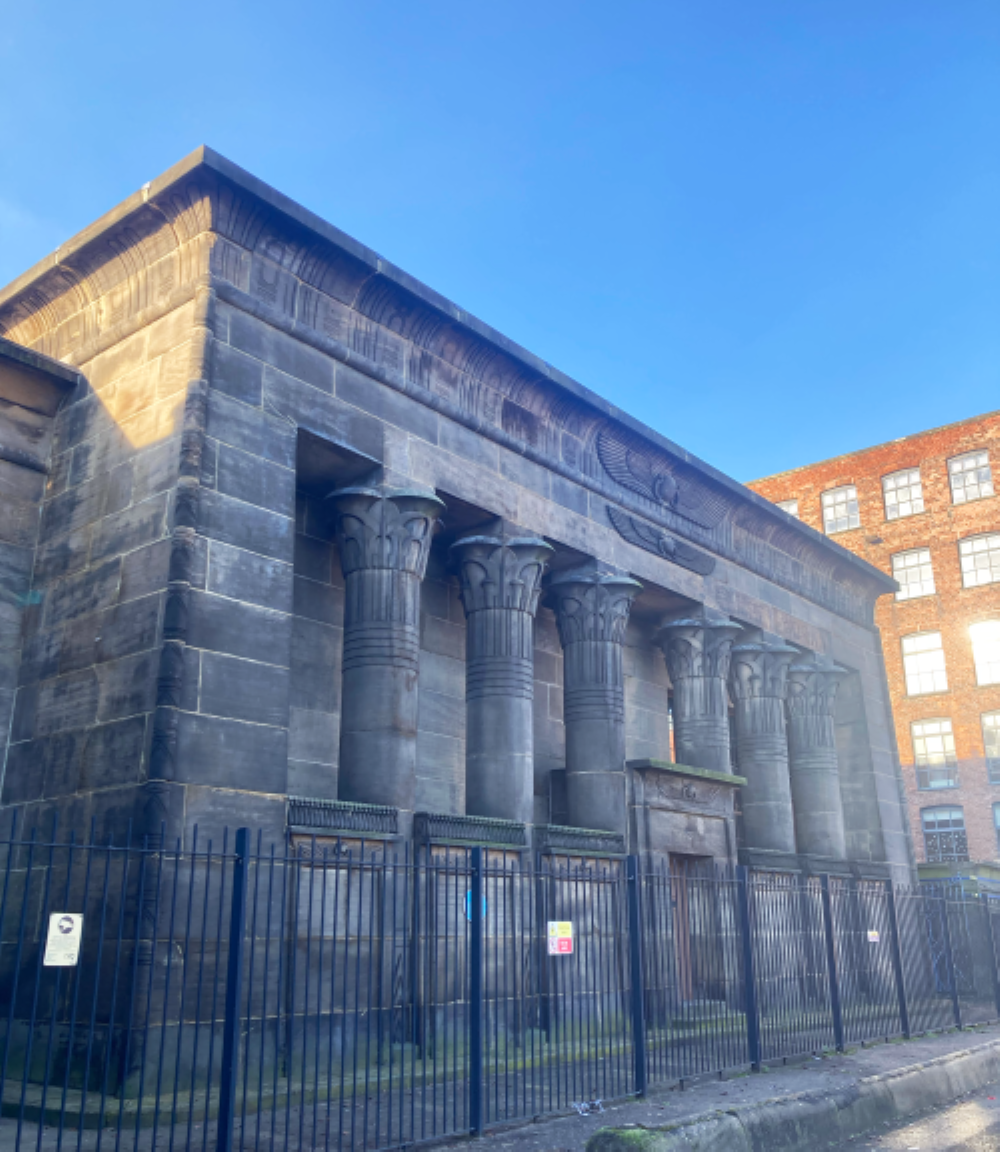
Seeing the mill on a clear day was as good as seeing it again for the first time. It’s a near exact replica of the Temple of Edfu in Egypt. Completed in 1843; at the height of the UK’s obsession with Egyptology after the first pyramids had been excavated. The mill’s architect, Joseph Bonomi, was an Egyptologist and used his extensive knowledge to bring the ancient world to Leeds and tout the vast wealth of his client, the Marshall family.
Aside from the hieroglyphs and columns, the mill’s weaving shed was the largest room in the world at the time. Maintaining humidity for flax weaving in such a large room was managed by growing grass on the roof with a small flock of sheep to graze. The room is still lit by sixty-five glass domes still seen from street level.
However, the ingenuity of this building is perhaps its double-edged sword. Temple Mill has stood vacant for decades, with columns collapsing and restoration costs spiralling. With lots of failed attempts of restoration there’s a hope for its regeneration. The government’s 2020 budget has promised £25 million towards restoring Temple Works for the British Library as a potential northern branch, with a further £636,000 has been granted from the Heritage Stimulus Fund.
I’m hopeful to see a future for this mill that can be shared with the public for generations to come. It’s a feature of Leeds that’s worth the wait, or at least the walk to for now.
Related articles
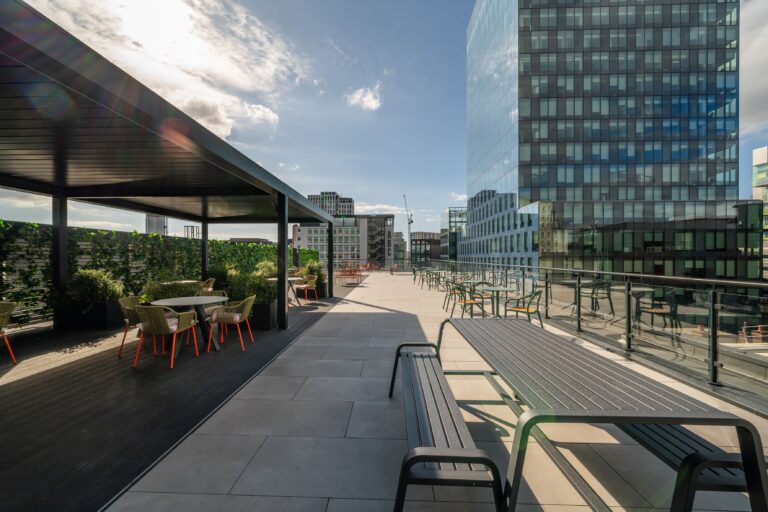
Why Manchester’s Workers Are Fleeing Their Homes and Flocking Back to the Office
18 October 2024I remember sitting up in bed at university, about to log into my first online lecture. After a summer of lockdowns and minimal social interaction, getting back to university felt like a relief. While Covid had plenty of downsides, one silver lining seemed to be the end of mandatory in-person lectures. I rolled out of […]
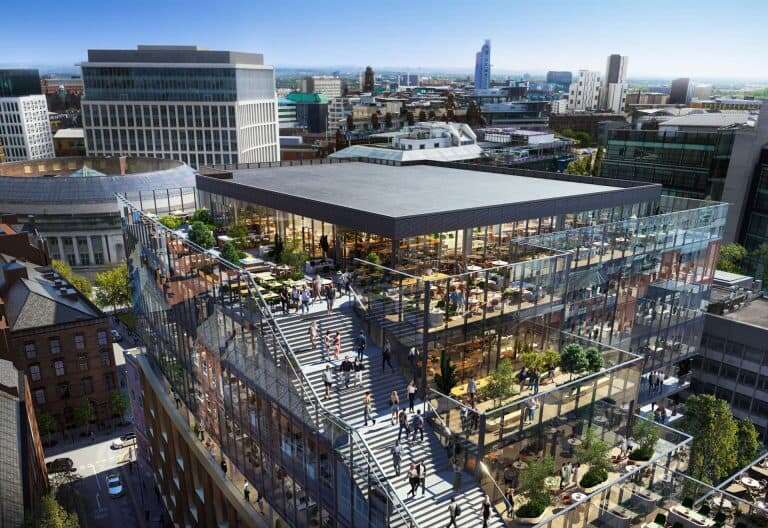
Channel 4 signs on for St Michael’s
16 October 2024OBI is delighted to confirm that all of the office space at the forthcoming £120m Manchester office block from Gary Neville’s Relentless Developments has now been pre-let. Channel 4 has taken a 10-year lease for 12,293 sq ft at St Michael’s eighth floor, sharing half of the floor with Pinsent Mason. When the building completes […]
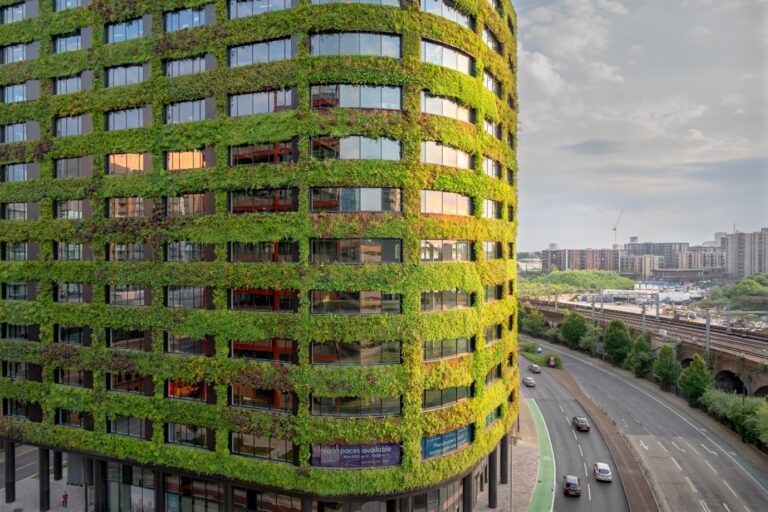
The New UK Net Zero Carbon Buildings Standard: What It Means for the Real Estate Industry
10 October 2024In 2020, OBI published a paper titled “Building Accreditations – A Developer’s Guide”. At the time, building design was evolving rapidly on the back of the pandemic, with landlords, investors and developers unsure which would be valued by the occupational market and the impact that they would have on rental value, void periods and the […]